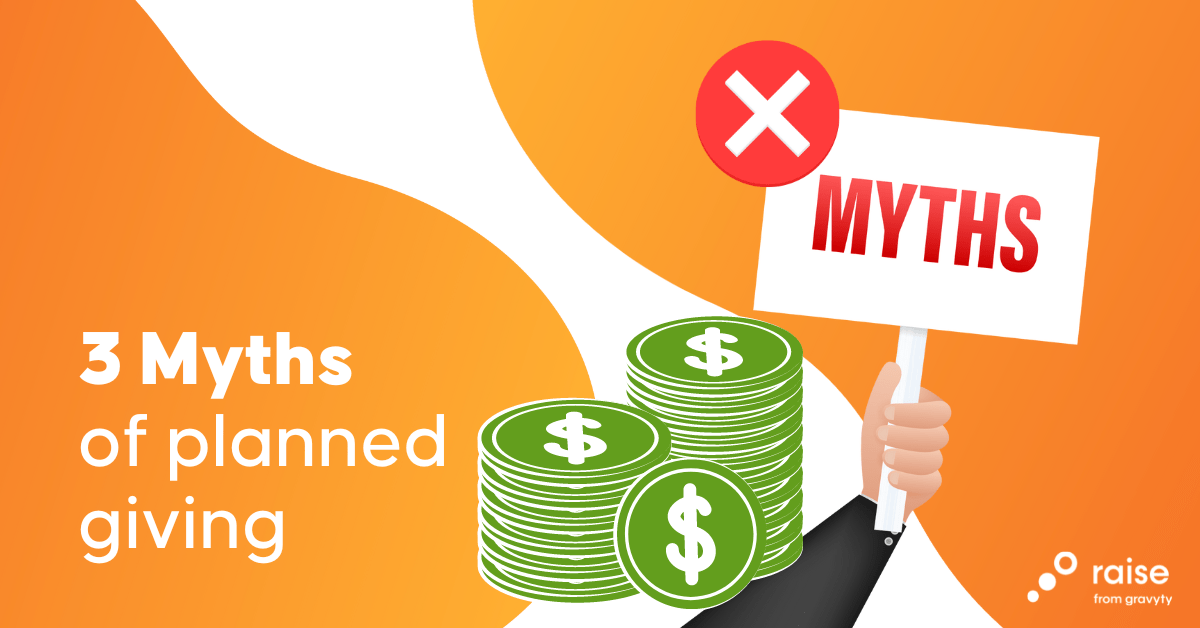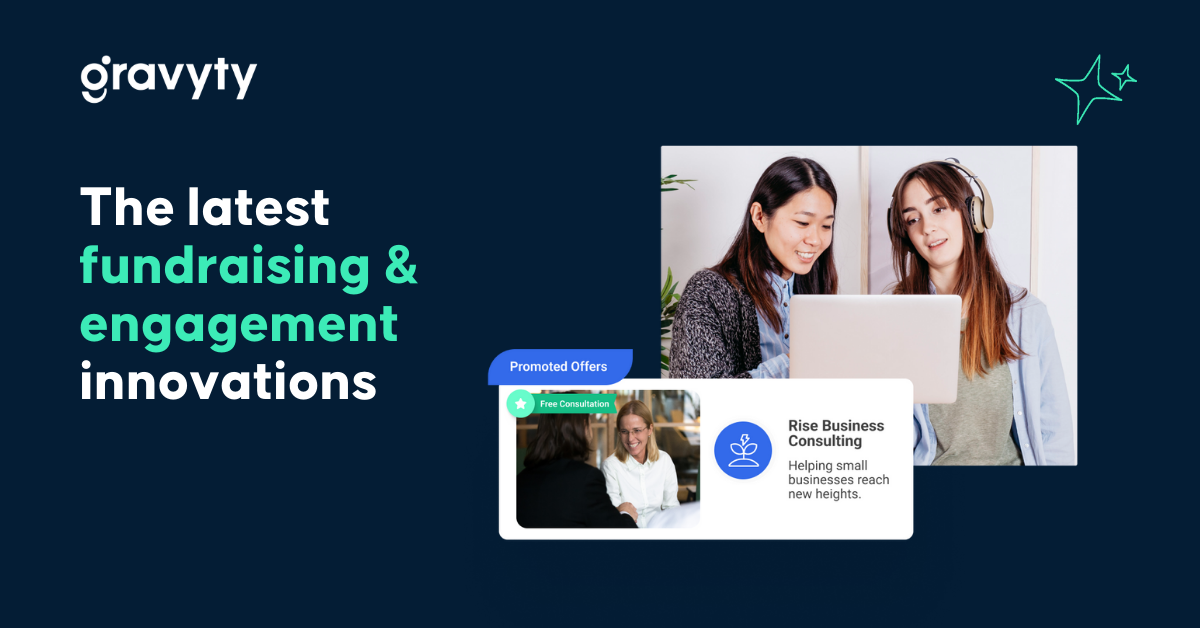Debunking 3 myths to optimize your planned giving strategy

Planned giving challenges
Planned giving is not an easy discipline of fundraising.
First, many are working from outdated assumptions and analysis of the variables that make for “good” planned giving prospects. Second, a planned giving officer’s success is directly correlated to the cumulative quality of a relationship that’s lasted years and has likely been managed by more than one person at an organization.
When thinking about the ideal planned giving candidate, many organizations fall for misconceptions when it comes to defining said prospect. And ultimately, these assumptions negatively impact an organization’s ability to nurture these planned giving prospects and build a pipeline for future, long-term gifts.
Let’s break down (and debunk!) three common myths associated with planned giving to help you gain a clearer picture of these meaningful prospects and the impact they can have on your fundraising strategy:
Planned giving myth #1: You can’t reach out until age 60
One myth that circulates the industry is that the average planned giver should not be reached out to until age 60. However, donors are writing their wills earlier than ever. According to a survey from Caring.com, 27% of 18- to 34-year olds had a will in 2021, compared to 18% in 2019.
With this in mind, these prospects need to be engaged with much earlier on in the donor stewardship process. In fact, there may be no better time to connect with them than at the point in their lives in which they are actively assessing their assets and writing their wills.
Reaching these donors at this pivotal moment with the right message could create a personal touchpoint that drives a meaningful gift to your organization.
Planned giving myth #2: Your wealthiest donors are your best planned givers
The second misconception is that planned givers have to have a certain amount of wealth. The reality is your wealthiest donors aren’t always your best planned givers. Your best planned giving donors frequently are the people who are very well aligned with your organization, such as annual fund donors that have given multiple years in a row. Their version of a major gift to your organization is a planned gift, because they may not have the ability to give at a high level right now but have a clear affinity for your cause.
Of course, approaching the way you define planned giving prospects differently also creates new challenges as a fundraiser. It most likely expands the pool of prospects for your organization and increases the number of relationships fundraisers will need to manage.
Be mindful of your fundraising capacity and the tools you have at the ready to help you conduct deeper—but potentially more impactful—dives into your donor pyramid with this new approach.
Planned giving myth #3: You are unlikely to receive the planned gift
When somebody puts your organization in their will, the likelihood of them writing you back out of their will is actually quite small.
People don’t rewrite their wills very frequently. It’s time-consuming and expensive. And let’s be honest, the activity also forces people to ponder their own mortality.
If you are able to talk to one of your donors about putting your organization in their will, there’s actually a very strong likelihood that you’ll receive that gift at some point. And when you consider the fact that the average planned gift is over $70,000 according to FreeWill, that’s a considerable long-term contribution to aid your organization’s mission.
To take this one step further, imagine if you could move 3-4% of your major or consistent donors into a planned gift. Just think of the dramatic change that could mean for your organization and your fundraising approach. The challenge of course is being able to actively engage these prospects earlier on and steward them in a personal way. But the long-term rewards could certainly be worth the effort.
It’s time to grow your planned giving. With Raise from Gravyty, you can reach the right people at the right time with predictive AI to help you personally engage with 4x more donors. Let’s talk.



